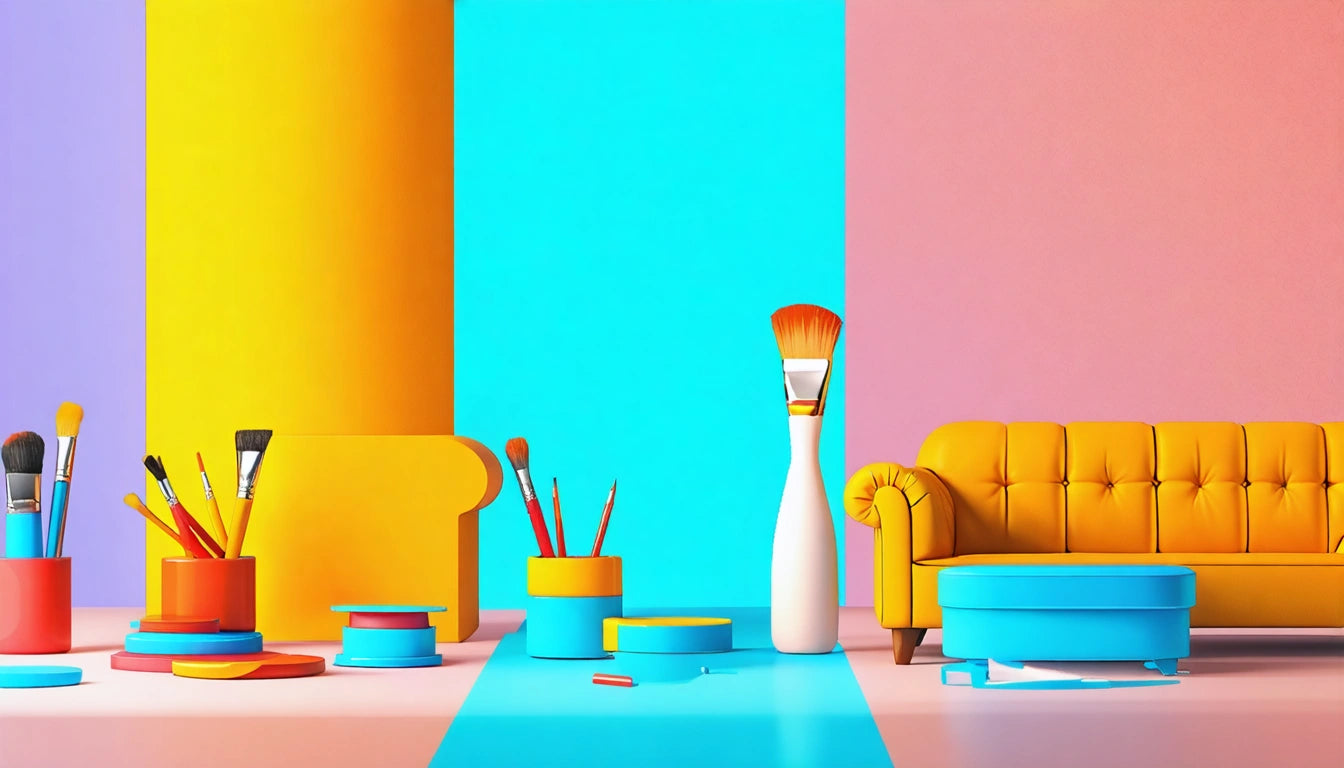Table of Contents
Understanding Primary, Secondary, and Tertiary Colors in Art and Light
Color theory forms the backbone of visual arts, design, and even product packaging. Understanding how colors relate to one another helps artists and designers create harmonious compositions that evoke specific emotions and responses. This guide explores the fundamental concepts of primary, secondary, and tertiary colors, their relationships, and practical applications.
Primary Colors: The Foundation of Color Theory
When asking "what is the 3 primary colors," it's important to understand that these are the building blocks of all other colors in a particular color system. In traditional art and pigment-based applications, the three primary colors are:
- Red
- Yellow
- Blue
These colors are considered "primary" because they cannot be created by mixing other colors together. Instead, they serve as the foundation from which all other colors can be derived. Primary colors are pure and fundamental, making them essential for artists, designers, and manufacturers.
Interestingly, while we often think primary colors are naturally occurring, the concept of primary colors is actually a human construct designed to help us understand and work with the color spectrum. In nature, colors exist along a continuous spectrum rather than as discrete categories.
Secondary Colors Explained: Mixing Primary Colors
Secondary colors are created by mixing equal parts of two primary colors. Understanding which are secondary colors helps artists create more diverse palettes. The three secondary colors in the traditional RYB (Red-Yellow-Blue) color model are:
- Orange (Red + Yellow)
- Green (Yellow + Blue)
- Purple (Blue + Red)
Secondary colors sit between primary colors on the color wheel, creating a natural progression that helps establish color harmony. When working with color combinations, knowing these relationships is essential for creating visually appealing designs, as explored in our guide to color pairing.
Color Mixing Proportions
While equal parts of primary colors create true secondary colors, adjusting these proportions allows for countless variations. For example, using more yellow than blue when mixing green creates a yellower green, while more blue creates a cooler, deeper green. This principle is essential when creating the perfect yellow or other custom colors for specific applications.
Tertiary Colors: Creation and Applications
For those wondering "how do you make tertiary colors" or "what are the six tertiary colors," the answer lies in mixing primary and secondary colors. Tertiary colors are created by combining a primary color with an adjacent secondary color in equal parts.
The six traditional tertiary colors are:
- Red-Orange (Red + Orange)
- Yellow-Orange (Yellow + Orange)
- Yellow-Green (Yellow + Green)
- Blue-Green (Blue + Green)
- Blue-Purple (Blue + Purple)
- Red-Purple (Red + Purple)
Tertiary colors add complexity and nuance to color schemes. They're particularly useful in creating gradients, transitions, and sophisticated color palettes that avoid looking simplistic or elementary. When working with specialized equipment for color mixing in production environments, precision filling systems can ensure consistent color formulations across product batches.
The 3 Primary Colors of Light vs. Pigment
Many people ask "what are the 3 primary colors of light" and are surprised to learn they differ from pigment primaries. In light (additive color), the primary colors are:
- Red
- Green
- Blue
This RGB system is used in digital displays, televisions, and other light-emitting technologies. Unlike pigment mixing where colors darken as they combine, light colors become brighter when mixed, eventually creating white light when all three primaries are combined at full intensity.
This distinction is crucial for designers working across different media. What works in paint won't necessarily translate directly to digital design, and vice versa. Understanding both systems allows for more versatile color application across various platforms and materials.
Are Black and White Primary Colors?
A common question in color theory is "are black and white primary colors?" The short answer is no. In traditional color theory:
- White is the absence of pigment (in subtractive color systems) or the combination of all light wavelengths (in additive systems)
- Black is the combination of all pigments (in subtractive systems) or the absence of light (in additive systems)
Neither black nor white can be created by mixing the traditional primary colors in their pure form. However, they play crucial roles in creating tints (adding white to a color), shades (adding black), and tones (adding gray).
The unique properties of white are explored in our article on exploring the versatility of white, which details how this non-primary color influences design across various applications.
Practical Applications of Color Theory in Design
Understanding color relationships has practical applications across numerous fields. In packaging design, color choices significantly impact consumer perception and brand recognition. Complementary colors (those opposite each other on the color wheel) create maximum contrast and visual impact, as detailed in our guide to complementary colors for emerald green.
Color theory also informs:
- Brand identity development
- Product packaging design
- Marketing materials
- Environmental design
- User interface design
For instance, understanding tertiary colors can help create sophisticated, nuanced color palettes that stand out in competitive markets. Similarly, knowing how to work with neutrals like beige or sage green can create calming, professional aesthetics for premium products.
By mastering the relationships between primary, secondary, and tertiary colors, designers can create intentional emotional responses, guide user attention, and establish memorable visual identities that resonate with target audiences.











Leave a comment
All comments are moderated before being published.
This site is protected by hCaptcha and the hCaptcha Privacy Policy and Terms of Service apply.